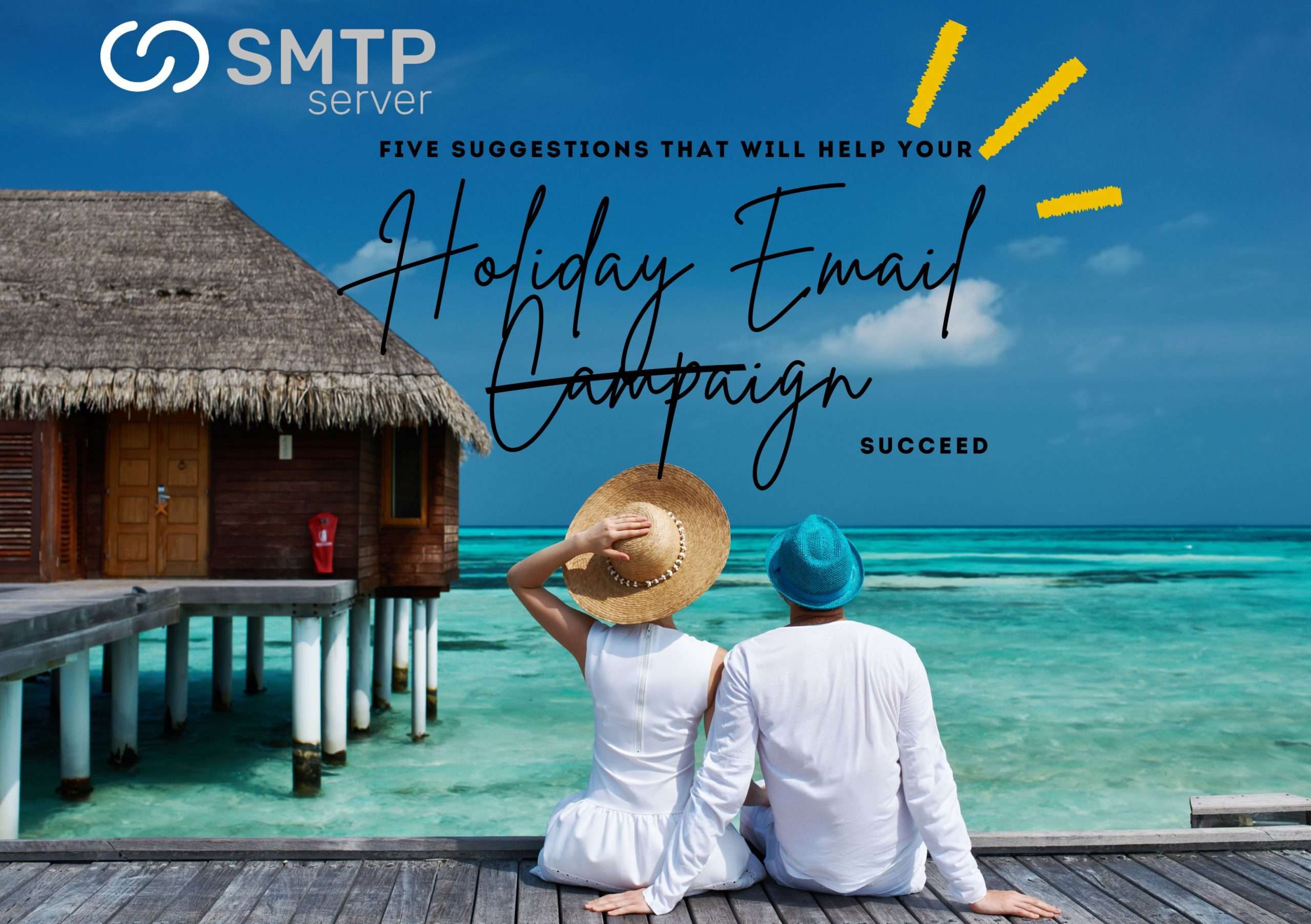20,394 total views, 6 views today
Welcome emails are the first opportunity for a brand to make a good impression on new subscribers. They set the tone for the relationship and can be the deciding factor in whether or not a subscriber will stay engaged with a brand. In this article, we will cover the basics of a successful welcome email and the key elements that should be included in every one.
Subject Line: The subject line of a welcome email should be clear, concise, and attention-grabbing. This is the first thing a subscriber sees, so it is important to make it count. A subject line like “Welcome to Our Community” or “Get Started with [Brand Name]” will effectively communicate the purpose of the email.
Greeting: The greeting in a welcome email should be friendly and personal. Address the subscriber by name and make them feel valued. A simple greeting like “Hi [Name], Welcome to [Brand Name]” will do the trick.
Introduction: In the introduction, explain what the brand is all about and why the subscriber signed up. Mention the benefits they will receive by being a subscriber and what they can expect in the future.
Value Proposition: Highlight the value that the brand provides and what sets them apart from the competition. Explain the unique features, services, or products that subscribers can look forward to.
Call to Action: A call to action (CTA) is essential in any marketing email. In a welcome email, the CTA should be a next step for the subscriber to take. For example, encouraging them to explore the website, follow the brand on social media, or make their first purchase.
Thank You: End the email by thanking the subscriber for signing up and expressing excitement for their future with the brand. Make sure to include a professional signature with contact information and any relevant social media links.
A well-crafted welcome email is crucial for setting a positive tone with new subscribers. By including the key elements outlined above, brands can create a warm and engaging experience that will keep subscribers engaged and coming back for more.
Additional Tips for Crafting the Perfect Welcome Email
Keep it short and sweet: Welcome emails should be brief and to the point. Subscribers are likely to be bombarded with emails, so it’s important to grab their attention quickly and keep their interest. Stick to the key elements outlined above and avoid overwhelming subscribers with too much information.
Use eye-catching visuals: A well-designed welcome email can go a long way in making a good first impression. Use eye-catching visuals like images, graphics, or videos to make the email more engaging. Make sure that the visuals are high-quality and relevant to the brand.
Timing is key: Timing is everything when it comes to welcome emails. Send the email as soon as possible after someone subscribes, ideally within the first hour. This shows that the brand is responsive and eager to start the relationship.
Personalization: Personalization is key to creating a warm and engaging welcome email. Use the subscriber’s name, location, or other personal information to make the email feel more personal. This will help establish a connection with the subscriber and make them feel valued.
Test and refine: Welcome emails should be regularly tested and refined. Use A/B testing to try different subject lines, greetings, and calls to action. Monitor open rates, click-through rates, and other metrics to determine what works best and make improvements where necessary.
In conclusion, a well-designed welcome email can have a huge impact on the success of a brand’s email marketing efforts. By using these tips and following the key elements outlined above, brands can create welcome emails that are engaging, effective, and memorable.





